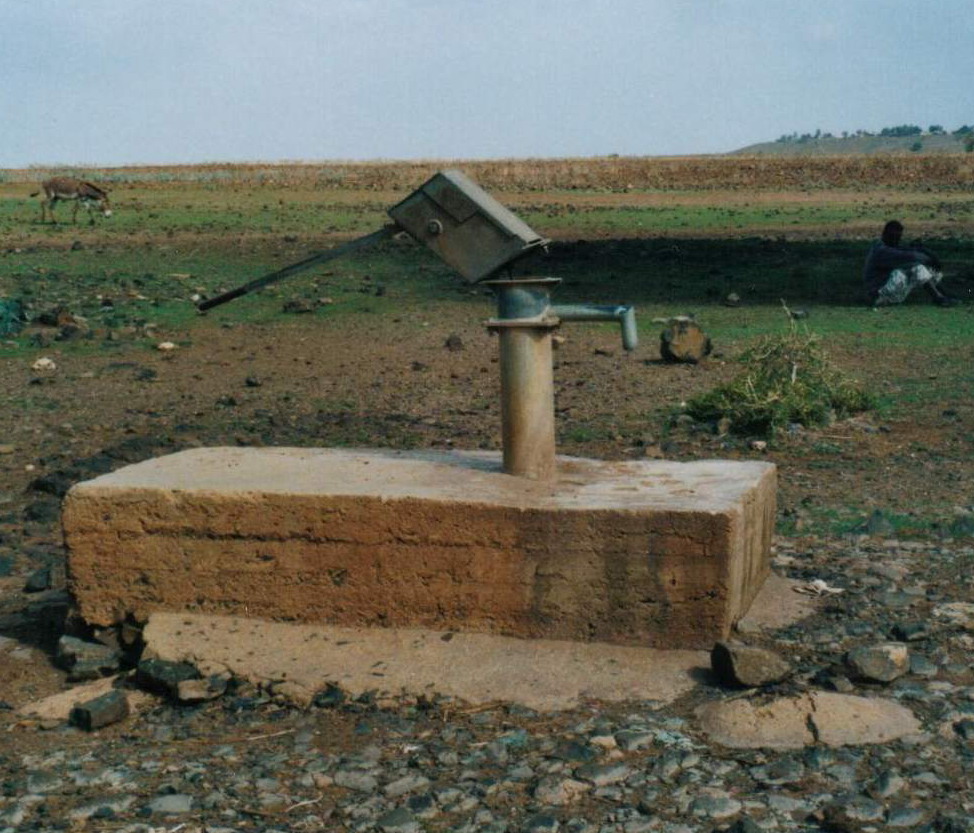The latest output from the UPGro programme comes from Cambridge University as part of the “Hidden Crisis; Unravelling past failures for future success in Rural Water Supply” and examines the role of system-based analysis in understanding the root causes of the success or failure of rural water points. The full open paper is available to download from Practical Action; http://www.developmentbookshelf.com/doi/abs/10.3362/1756-3488.16-00022
Water point failure in sub-Saharan Africa: the value of a systems thinking approach
Thousands of water points have been installed across sub-Saharan Africa over the past four decades; however, a number have been found to be dry/low-yielding, unsafe for human consumption, and in some cases marked with appearance, taste, and odour problems. Subsequently, many users have been unable or unwilling to use these water points and have had to revert to the use of unimproved water sources.
A number of factors could be causing each of these problems, either directly or indirectly. Furthermore, these factors may be interdependent and these relationships may be marked by non-linearities, feedbacks, and time delays. Deciphering which factors need to be prioritized becomes a confusing and complex task.
To help understand the impact of different interventions, this paper proposes the adoption of systems-based analysis for looking at water point failure and introduces some of the more common qualitative and quantitative analytical tools that could be used to reveal how these complexities might be managed more effectively.
While the use of these tools within the WASH sector has been limited to date, they hold potential for helping to identify the most suitable remedies for water point failure. Examples of where such tools have been used in relation to water point failure are reviewed, and the extent to which each approach could be applied is examined from a practitioner perspective, recognizing the limitations arising from the differing data needs and time-consuming nature of each type of analysis.

